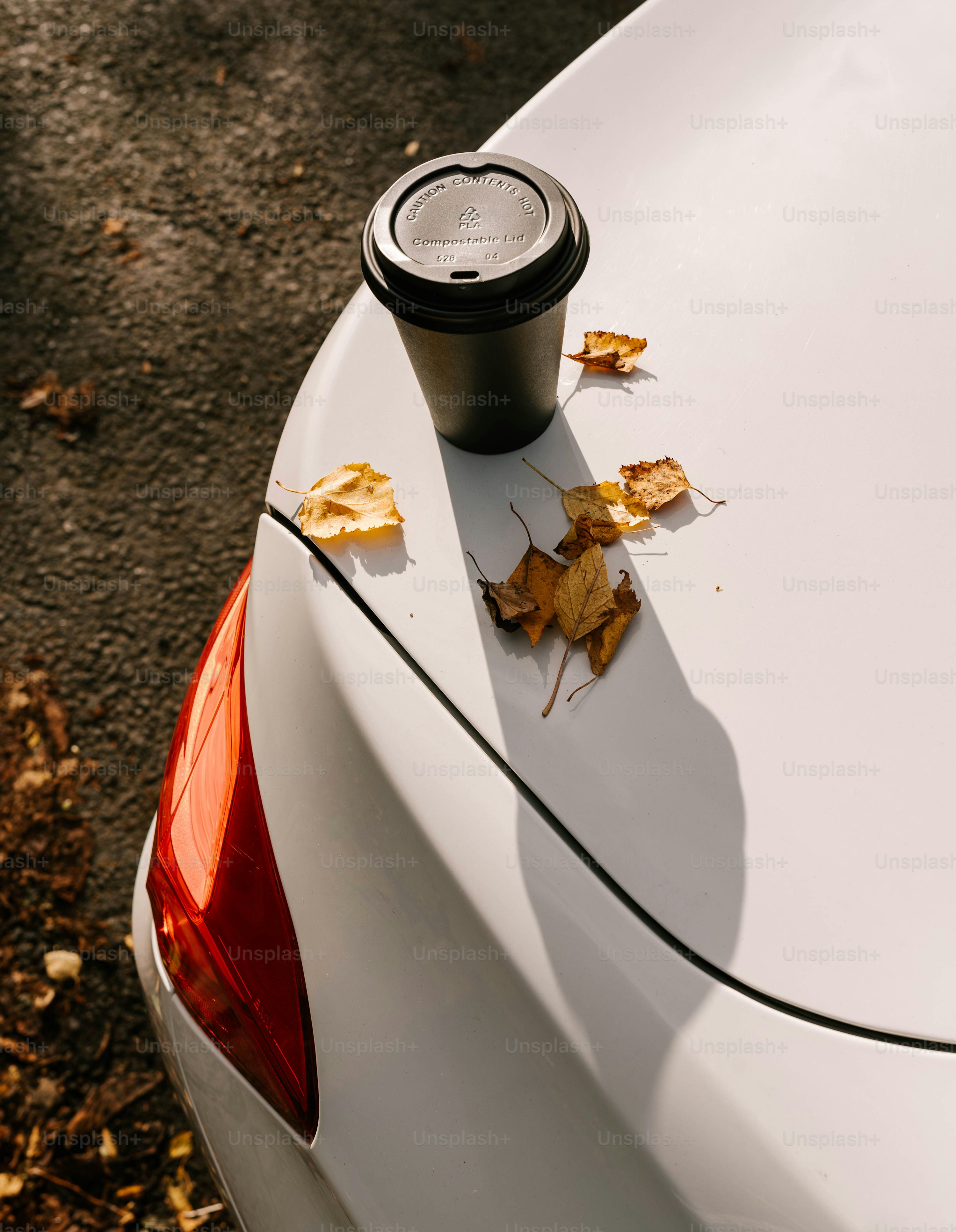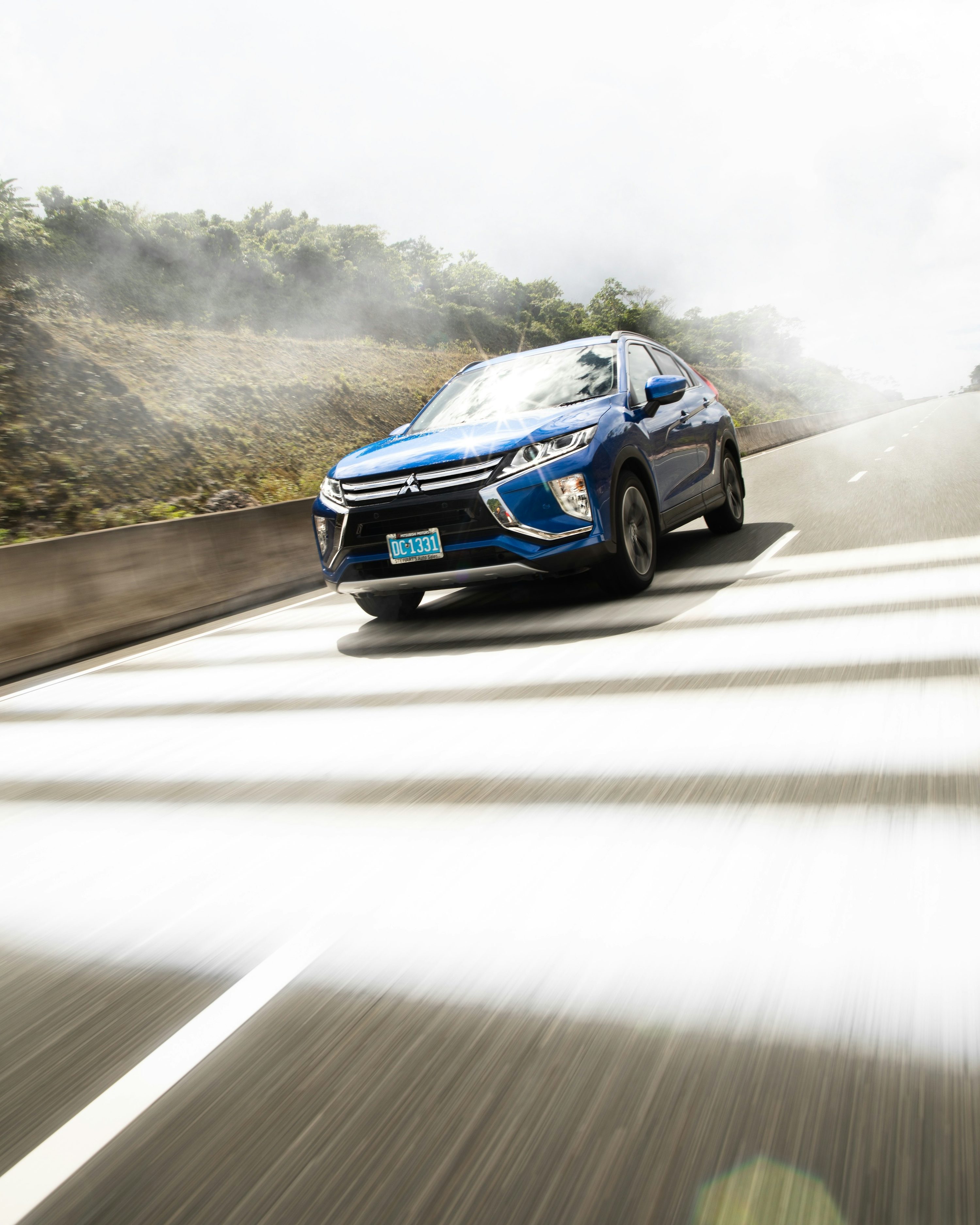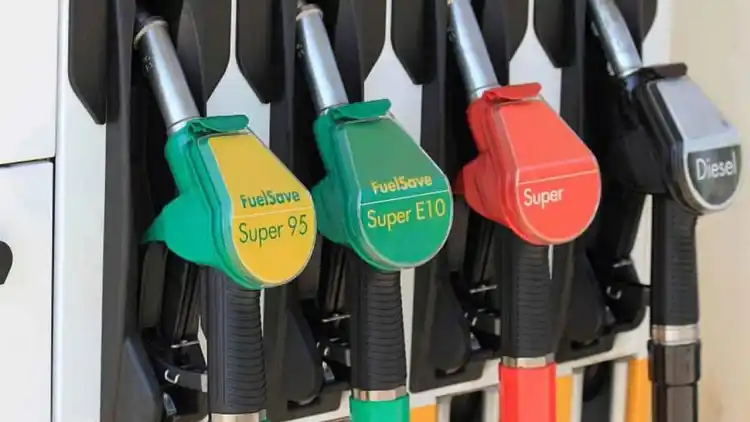- Why Accident Reports Matter for Every Driver
- How to Create a Vehicle Accident Report (2025 Guide)
- Common Mistakes to Avoid
- Digital Reporting Options in 2025
- FAQ
A car accident can be a shock. But knowing how to properly file a vehicle accident report protects you. This guide helps you navigate every step, saving you time and worry.
Why Accident Reports Matter for Every Driver
When a car accident happens, filling out a proper vehicle accident report might seem like just another task. But it's much more than that. This important piece of accident documentation acts as your main protection. It helps a lot with your insurance claims and keeps your rights safe in any legal situation. Think of it as building a strong case for yourself.
Research shows that when collision details are well-documented, over 68% of car crash arguments get settled much quicker. Without a clear and accurate vehicle accident report, you could face many problems, including delays in getting your car fixed or even losing money.
How to Create a Vehicle Accident Report (2025 Guide)
Knowing what to do right after a car accident is very important. Here are some simple steps to follow to make sure you stay safe and create a strong vehicle accident report. These steps will help you gather all the needed accident documentation for your situation.
1. Secure the Accident Scene First
Your safety, and the safety of others, is the first thing to think about after an accident. Take these actions right away:
Turn on your hazard lights. These flashing lights warn other drivers that there's a problem on the road. This helps prevent more accidents.
Set up emergency triangles or road flares. If you have these safety items in your car, place them a good distance behind your vehicle. This creates a safety zone around the accident area. It’s always a good idea to keep at least three emergency triangles in your trunk.
Move vehicles to a safe spot, if it's safe to do so. If the damage is minor and your car can be moved, pull over to the side of the road or a nearby safe area. This keeps traffic flowing and reduces the risk of another crash. Only move your vehicle if you are sure it is safe for everyone.
2. Gather Essential Information
Once the scene is safe, it’s time to collect all the important details for your vehicle accident report. This part of accident documentation is key for your insurance claims and making sure you have all the facts. Use your phone to write down or record the following:
Other Driver's Information: Get their full name, contact number, driver's license number, and the license plate number of their vehicle. Make sure to get their car make and model, too.
Insurance Details: Ask for their insurance company name and policy number. This information is critical for filing insurance claims later.
Vehicle Details: Write down the make, model, year, and license plate number of all cars involved. Note any specific features or colors that help identify the vehicle.
Witness Contacts: If anyone saw the accident happen, ask for their name and phone number. What they saw can be very helpful for the vehicle accident report and
collision detailslater.Date, Time, and Location: Write down the exact date and time the accident happened. Also, be very specific about the street names, nearby landmarks, or mile markers where the crash took place.
3. Capture Visual Evidence
Along with written notes, pictures or videos are super helpful for your vehicle accident report. Use your phone's camera to take clear photos. These visual accident documentation pieces provide strong evidence for your insurance claims and help explain the collision details.
License Plates: Take clear photos of all license plates involved, from different angles. This makes positive identification easier.
Damage Close-ups: Get close-up shots of all damage to every vehicle involved. Take pictures from different angles to show the full extent of the harm.
Overall Scene: Stand back and take photos of the entire accident scene. Show where the cars ended up.
Road Conditions: Take pictures of anything on the road that might have caused or added to the accident. This includes skid marks, broken glass or car parts, potholes, or anything unusual on the road surface.
Traffic Signs & Lights: If traffic signs, stop signs, or traffic lights were part of the situation, take pictures of them and their position. This helps explain the flow of traffic at the time of the crash.
Obstructions: Note any trees, bushes, or buildings that might have blocked someone's view.
Common Mistakes to Avoid
When you're dealing with an accident, it’s easy to make mistakes that could hurt your case later. Avoid these common traps to ensure your vehicle accident report is accurate and protects you:
Don't Admit Fault: Never say that the accident was your fault, even if you think it might be. Stick to the facts when talking to others involved or the police. Let the insurance companies and official reports decide who is at fault.
Note Weather and Visibility: Always make a quick note in your accident documentation about the weather conditions. Was it raining? Foggy? Sunny? Also, write down how well you could see. This
collision detailcan be very important later on.Never Skip Police Involvement for Injuries: If anyone is hurt in the accident, even slightly, you must call the police. A police report is often required for injuries and will be a key part of your vehicle accident report documentation. Do not try to handle injuries without official help.
Always Make Copies: After you complete your
vehicle accident report, make at least two copies. Keep one for your personal records and give one to your insurance company. Having copies ensures you always have access to your accident documentation if needed.
Digital Reporting Options in 2025
Times are changing, and so are the ways we file a vehicle accident report. In 2025, many areas offer digital ways to report car accidents, making the process faster and easier. These modern tools can help you submit your accident documentation with less hassle:
Mobile Accident Report Apps: Many local transport departments or police services now have special phone apps. These apps let you fill out your
vehicle accident reportright on your phone. They often guide you through each step and even let you upload photos and videos directly.Insurance Company Portals: Most insurance companies offer online portals or apps where you can start or complete your insurance claims process. You can often upload your
collision detailsand any other required accident documentation directly through their website or app.Electronic Police Submissions: In many cities, you can now submit a police report for minor accidents online. This reduces the need to go to a police station in person, saving you time. Always check if your local police force offers this service.
FAQ
Here are answers to some common questions you might have about making a vehicle accident report. This information can help you understand what to do in different situations.
Q:Should I call police for minor accidents?
A: For any car accident, even if it seems small, it's wise to call the police. In many places, you must file a police report if the damage is over a certain amount – for example, if costs go over $1,500 USD (around 5,500 AED / 5,600 SAR). A police report helps with insurance claims and provides official accident documentation. Always use caution and call them if you are unsure.
Q:How long do I have to file a report?
A: The time limit to file a vehicle accident report can be different based on where the accident happened. Most areas usually give you between 24 to 72 hours. To find the exact deadline for your location, it is best to check the website of your local traffic department or police. Filing on time is very important for proper accident documentation and future insurance claims processes.
Q:Can I use dashcam footage as evidence?
A: Absolutely! Dashcam footage can be very powerful modern accident documentation. If you have a dashcam, the videos it records can show exactly how the accident happened. This includes the speed of cars, their angles of impact, and other crucial collision details. Most insurance companies now accept these timestamped videos as strong evidence for your vehicle accident report and insurance claims.
Q:What if the other driver doesn't have insurance?
A: If you find yourself in an accident with an uninsured driver, it's even more crucial to have a detailed vehicle accident report. Call the police immediately to get an official police report. Collect as much information as possible about the other driver and their vehicle. Your own insurance policy might have coverage for uninsured motorists, but strong accident documentation will be vital for any insurance claims you make.
Key Takeaway: To sum it up, having a clear and complete vehicle accident report can save you a lot of time and worry. On average, drivers who manage their accident documentation well save about 17 hours of follow-up work after a crash. Keep this guide handy, perhaps in your car's glove compartment or saved on your phone, so you are always ready. Being prepared means you can handle unexpected situations with confidence.
Read More:
Toyota Veloz 2024 Mileage: 2025 Fuel Efficiency Tips & Specs
2025 Camry Alloy Wheels:Upgrade Guide for Smoother Rides
The Four-Digit DOT Code on Tyres:2025 Guide to Safety & Buying













